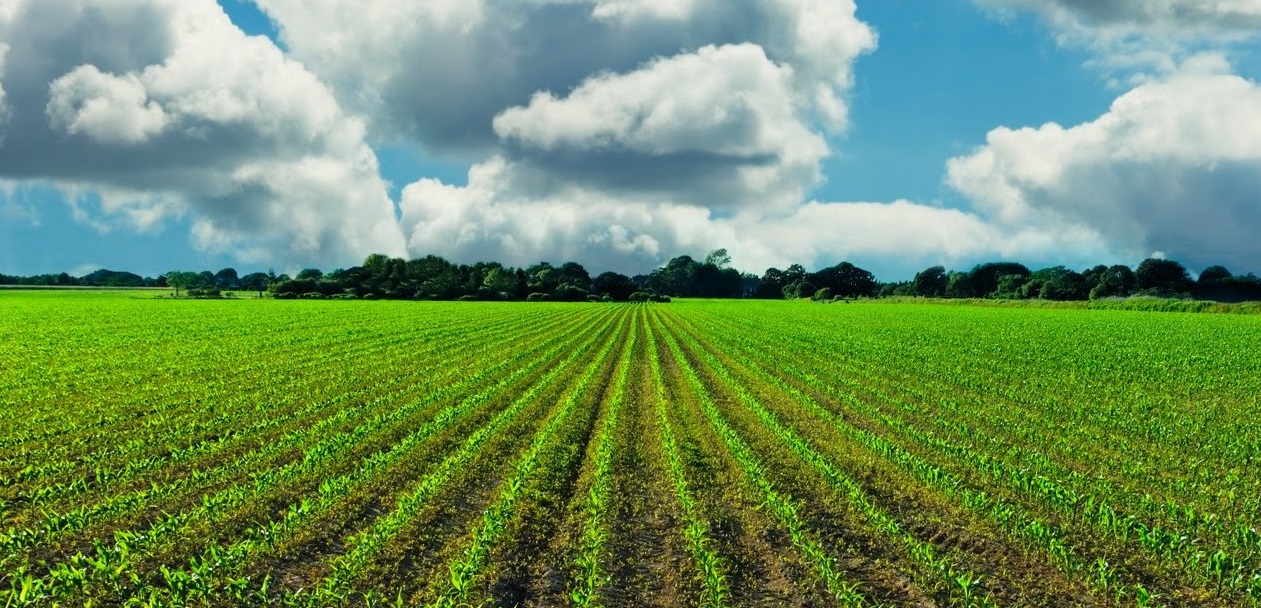
The recent very wet conditions means that treading lightly on all soils this spring will be of vital importance.
While many tractors, trailers, harvesters and implements now have flotation tyres fitted, it is worth spending a little time to ensure you are getting the best from your equipment and minimising soil compaction, is the advice from Neil Watson, Hutchinsons southern region technical manager.
“Root development in spring crops is more crucial than winter cropping, not least as a consequence of a shorter growing season for roots to fully exploit the soil’s profile. Compaction creates a physical barrier to normal root development, restricting water infiltration, water holding capacity and air exchange of the soil, ultimately impacting on yield.”
He underlines the importance of the correct tyre choice, ballasting and inflation pressure in order to minimise compaction, whilst maximising performance.
“A figure of 70% of land trafficked might seem high, but looking at it more closely even if we direct drilled land using a 3m drill, two standard rear tyres at 750mm will represent 50% of land trafficked - remember2 rear tyres x 750mm = 1.5m of a 3m drill - and that does not account for any further operations. “
“We also need to be conscious that the first pass of any tractor wheel is potentially the most damaging -subsequent passes along the same wheeling will have an incremental effect. “
Top soil compaction is related to ground contact pressure only, compaction of the upper part of the subsoil is created by contact pressure and axle load, whereas lower subsoil compaction is created by axle weight alone; which is the most difficult and costly compaction to remove.”
How to avoid and minimise the impacts of compaction?
• Firstly reduce the number of passes required to produce a seedbed; it is in producing the seedbed that the most random trafficking is likely to occur, at a time of year when the soil is at its most vulnerable.
• Run at the lowest inflation pressure possible, consistent with the tyre’s specifications
• Be conscious of machine weight and its effect on compaction. Ballast for performance, optimising weight distribution between the front and rear axles. Removing excess ballasting if it is not needed (e.g. front/axle weights).
Inflation pressure
Inflation pressure should be calculated on the tyre dimension, axle load weight and speed. “You can refer to the tyre manufacturers’ charts consistent for the individual tyre, or download one of the available smartphone apps to help do the job for you. “
“With regards to inflation pressure, it is the volume of air within the tyre that supports weight. As the weight increases, the volume of air within the tyre needs to increase accordingly.”
“This can be achieved by increasing the inflation pressures within the existing tyres, thereby reducing the tyres’ contact footprint and increasing the potential for soil compaction. Alternatively, it’s possible to increase a tyre’s capacity to take a higher volume of air, by changing to wider tyres or tyres with taller side walls, as this maintains a lower tyre pressure whilst increasing the load bearing capabilities of the tyre.”
Ballasting for performance
The pulling power that a tyre can exert is proportional to the weight it carries. The higher the tyre load, the greater the traction it can exert. However, this needs to be balanced by the compaction it is likely to cause, continues Mr Watson.
“There are several steps that can be taken to improve optimum performance which include determining the tractors actual weight and distribution -manufacturers’ handbooks are a useful starting point – as well as optimum ballasting and distribution of weight per axle.”
He underlines the importance of considering the need for additional front and rear axle weights, and an understanding of how to compensate for the effect of weight transfer by adding or removing weights.
“As a rough and ready rule, the guide below gives some indication of the amount of ballasting required, depending on the work the tractor is likely to do. Using this approach, a 200hp tractor would require to be approximately 9 tonnes for medium work (200hp x 45hp/kg= 9000kg).”
However it is not just about overall ballasting, Mr Watson is keen to highlight how weight is distributed between the forward and rear axles. “For a normal four-wheeled drive tractor where the front wheels are smaller than the rear, this would equate to a 40:60 split (front to rear). It is then a matter of determining the tractor’s overall weight between front and rear axle and adding or removing weights to compensate.”
“Adding weights in front of the fulcrum point, not only has an added effect on the front axle weight beyond the actual weights added, but also has the effect of lifting weight from the rear.”
